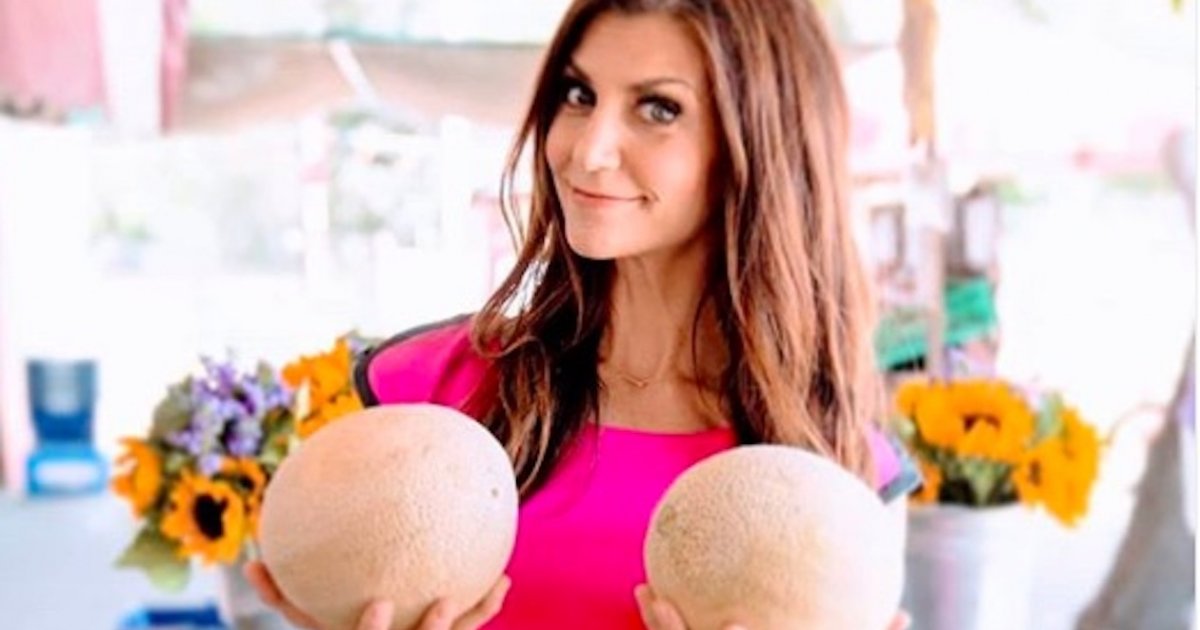With much of the world in quarantine, women are postponing screening mammograms. So there’s no better time than today to do a breast self-exam: “Feel Them On The First!” is a great way to remember to do a monthly self-exam.
RELATED: Is a Cancer Boom Coming? Coronavirus Stops Mammograms, Colonoscopies, and PSA Tests
Read MoreDr. Senayet Agonafer, a radiologist at Montefiore Medical Center on the importance of screening for breast cancer
“When the pathology from that lumpectomy came back, it was indeed invasive carcinoma,” she notes, “in addition to the less concerning ductal carcinoma in situ.”
RELATED VIDEO: When Should I Get a Mammogram?
Harris underwent a bilateral mastectomy in 2014 with second stage reconstruction in August of the same year. “It did spread to one lymph node but thankfully stopped there. I chose not to do chemotherapy or radiation, as both treatments would not benefit me enough to outweigh going through them,” she said.
“This roller coaster was filled with immensely difficult decisions, ” says Harris, who remains on an estrogen-blocker. Today, she is cancer-free and committed to staying that way.
In 2018, Harris published, “Your Healthiest Healthy: 8 Easy Ways to Take Control, Help Prevent and Fight Cancer, and Live a Longer, Cleaner, Happier Life.” And her latest Instagram posts (above) have focused on maintaining healthy habits during the extended coronavirus quarantine.
While the key risk indicators are age and family history, there are a whole host of risk factors, many of which our medical advisor Dr. Elizabeth Comen covers in this video.
“I was always breast-cancer aware,” Harris says. Her grandmother was diagnosed at 63, and is now cancer-free. But she adds, “I was really more concerned about colon cancer, which took my father when he was only 50.”
Breast Cancer Risk Factors
We often hear that the lifetime risk for breast cancer in any woman is about one in eight, but that statistic doesn’t tell the whole story. The risk varies in every age group and breast cancer becomes increasingly more common as women age. At age 30, for instance, the risk is one in 227, according to the National Cancer Institute. By age 70, the risk is one in 26.
While the key risk indicators are age and family history, there are a whole host of risk factors, many of which our medical advisor Dr. Elizabeth Comen covers in this video. The American Cancer Society breaks them down into lifestyle factors like being overweight and not having children and factors you can’t control, like inherited genes and race. Understanding your breast cancer risk factors is obviously very important.
The Breast Self-Exam: Getting It Right
Breast self-examination is an important screening tool, especially when combined with regular physical exams by a doctor, mammography, and in some cases ultrasound and/or MRI. Each of these screening tools works in a different way and has strengths and weaknesses, according to Breastcancer.org which offers these guidelines for self-exams:
Step 1: Begin by looking at your breasts in the mirror.
Stand with shoulders straight and arms on hips, and look for the following:
- Breasts that are their usual size, shape, and color
- Breasts that are evenly shaped without visible distortion or swelling
- If you notice dimpling, puckering, or bulging, bring this to your doctor’s attention.
- Also check with your doctor if a nipple has inverted or changed position; or you see redness, soreness, a rash, or swelling.
Step 2: Now, raise your arms and look for the same changes.
While you’re facing the mirror, look for any signs of fluid coming out of one or both nipples (this could be a watery, milky, or yellow fluid– or blood).
Step 3: Next, feel your breasts while lying down:
Use your right hand to feel your left breast; your left hand to feel your right breast. Use a firm, smooth touch with the first few finger pads of your hand, keeping fingers flat and together. Use a circular motion, about the size of a quarter.
Cover the entire breast from top to bottom, side to side from your collarbone to the top of your abdomen, and from your armpit to your cleavage.
Follow a pattern to be sure that you cover the whole breast. You can begin at the nipple, moving in larger and larger circles until you reach the outer edge of the breast. You can also move your fingers up and down vertically, in rows, as if you were mowing a lawn. This up-and-down approach seems to work best for most women.
Be sure to feel all the tissue from the front to the back of your breasts: for the skin and tissue just beneath, use light pressure; use medium pressure for tissue in the middle of your breasts; use firm pressure for the deep tissue in the back. When you’ve reached the deep tissue, you should be able to feel down to your ribcage.
Step 4: Finally, feel your breasts while you are standing or sitting.
Many women find that the easiest way to feel their breasts is when their skin is wet and slippery, so they like to do this step in the shower. Cover your entire breast, using the same hand movements described in step 3.
Learn more about SurvivorNet's rigorous medical review process.


